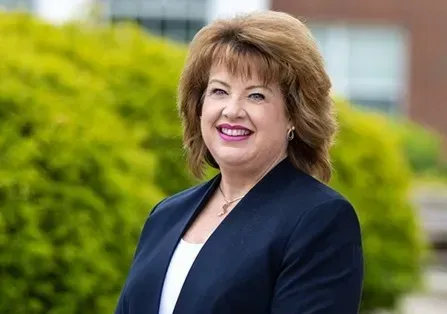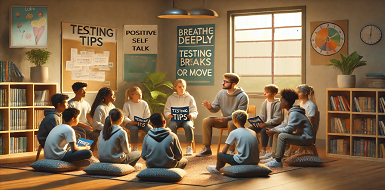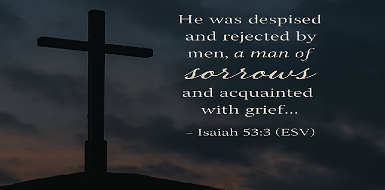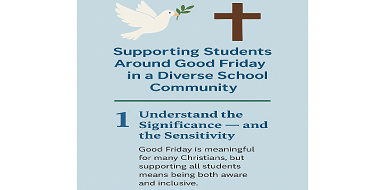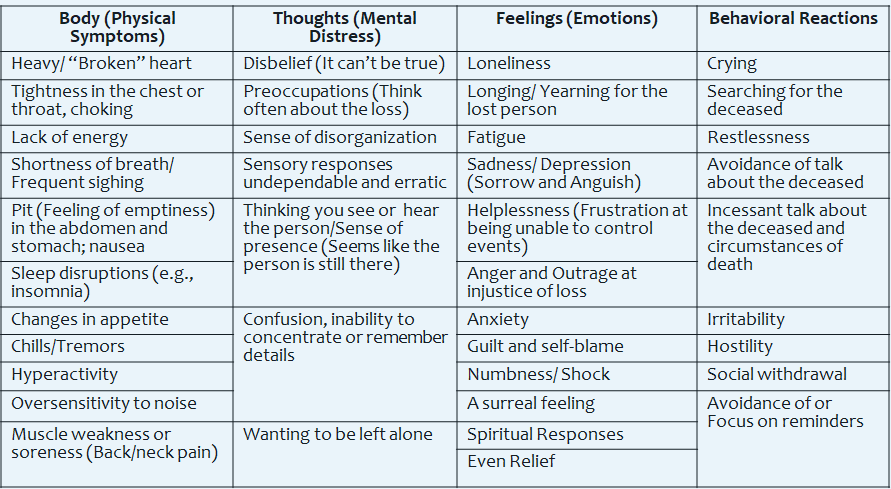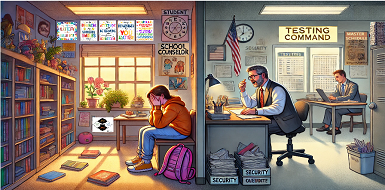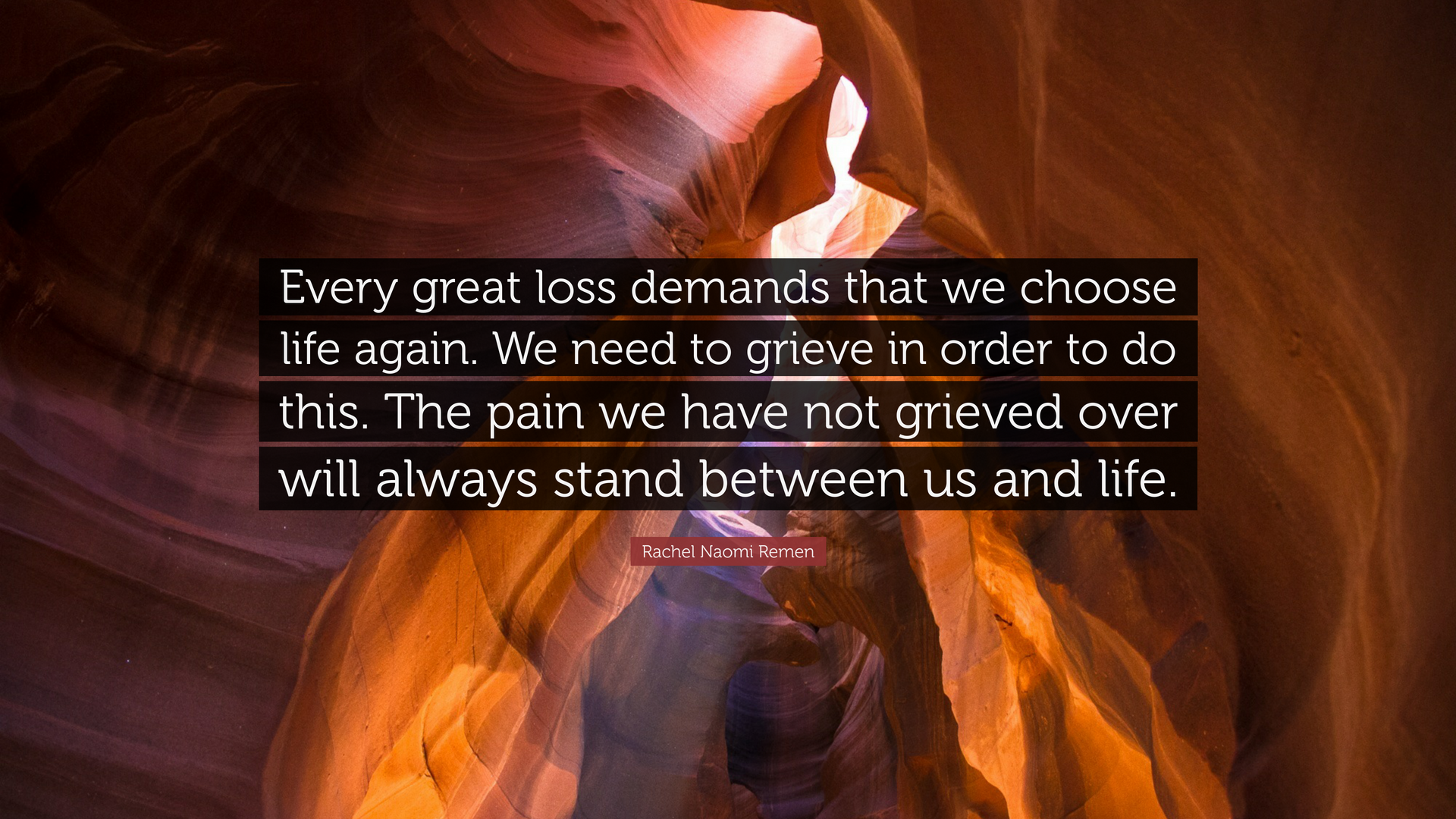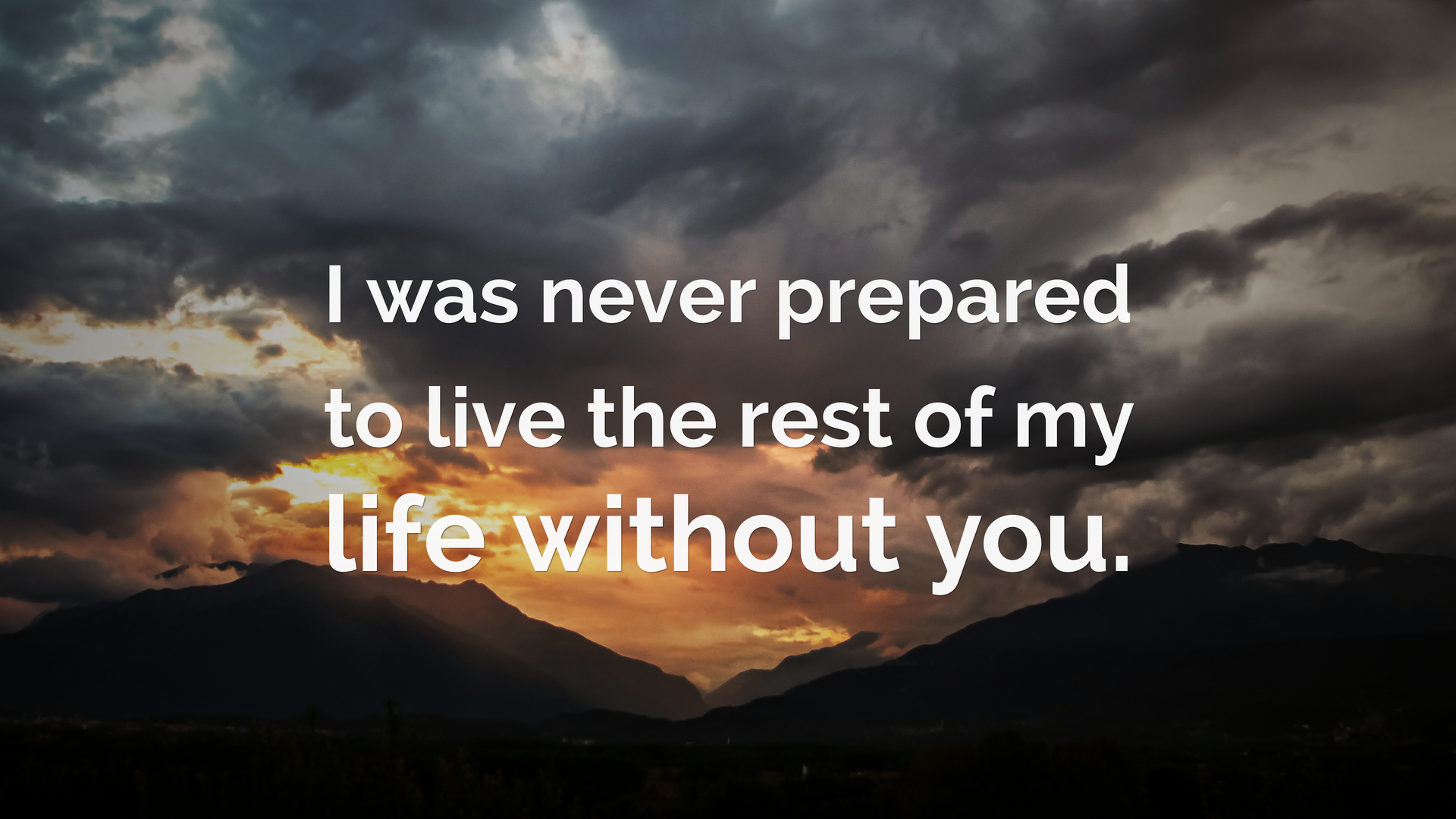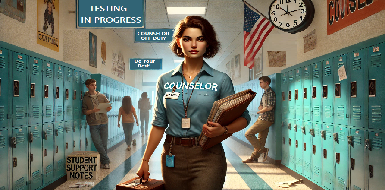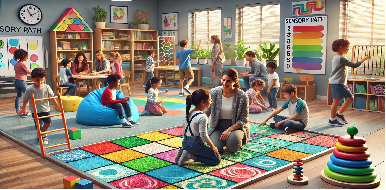More Halloween Ideas
Fun, Festive, and Learning!
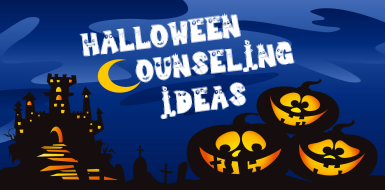
As promised last week, we're following up with more Halloween activities for the season. These activities offer a chance for students to explore their emotions, build social skills, and develop their sense of identity while enjoying the festive atmosphere.
Games/Play Therapy
1. Halloween Acts of Kindness Bingo
A great way to channel that extra energy around the holidays into positive actions is through a Halloween-themed “Acts of Kindness Bingo.”
How it works:
- Create a bingo board filled with simple acts of kindness that students can perform in the days leading up to Halloween. For example: “Compliment someone’s costume,” “Help a classmate clean up,” or “Include someone new in a game.”
- As students complete their acts of kindness, they check off squares on their bingo cards.
- Encourage students to share their progress during your counseling session, celebrating the positive impacts they’ve made. For an added bonus, you could have prizes for those that completed bingo in rows, squares, cover-all, etc.
This activity promotes empathy, inclusiveness, and kindness—qualities that are essential in any school community. Plus, it encourages students to practice these traits while embracing the Halloween spirit.
2. Halloween Team-Building Challenge
Halloween-themed team-building activities can encourage collaboration, communication, and problem-solving among students. One great example is a “Mummy Wrap Race” or a “Pumpkin Relay.”
How it works:
- Divide the class into small groups and give them a fun challenge, like wrapping one team member as a mummy using toilet paper or balancing a small pumpkin on a spoon in a relay race.
- Set a timer and see which group can complete the task first.
- Afterward, hold a discussion about teamwork. Ask students how they worked together, what challenges they faced, and how they solved problems as a group.
This activity not only brings out the festive spirit but also encourages students to work together, practice patience, and develop cooperative problem-solving skills.
3. Haunted Feelings Walk
Incorporating movement into counseling activities can help students release energy and process their emotions in new ways. A "Haunted Feelings Walk" gives students the opportunity to identify and reflect on different emotions in a calming, mindful manner.
How it works:
- Set up a spooky, but not too scary, walking path around the classroom or school with stations that represent different emotions (e.g., a ghost for fear, a smiling jack-o'-lantern for happiness, a spider web for anxiety).
- As students walk through the path, they stop at each station and think about times they’ve experienced that emotion.
- Encourage students to write down or draw their reflections on paper, and then discuss their experiences as a group.
This mindful activity helps students explore a range of emotions in a non-threatening, fun environment while building self-awareness and emotional regulation.
Art Therapy
- Emotional Pumpkin Faces
Students, especially younger ones, may sometimes struggle to identify and express their emotions. An activity like "Emotional Pumpkin Faces" gives them a playful, creative outlet to explore and communicate their feelings.
How it works:
- Give each student a blank pumpkin cutout.
- Provide craft supplies like markers, construction paper, or stickers.
- Ask students to design their pumpkin faces to reflect an emotion they're feeling (happy, sad, angry, surprised, etc.).
- Once completed, have students share their pumpkins with the group and explain why they chose that emotion.
This activity helps students practice emotional awareness, labeling emotions, and encourages open discussion about their feelings. It also creates a sense of community as students recognize that others may be feeling similarly.
2. Design Your Own Halloween Mask: Who Am I?
This is a great activity to explore self-identity and self-esteem.
How it works:
- Provide plain mask templates and allow students to design their own Halloween masks.
- Encourage them to design one half of the mask to represent how they feel on the outside and the other half to represent how they feel on the inside.
- After decorating the masks, students can share them with the group and talk about the differences between their outward and inward emotions.
This activity opens up discussions about how we sometimes mask our true feelings and how it’s okay to express what’s inside.
3. Haunted House of Feelings
This activity helps students identify and organize their emotions in a tangible, visual way.
How it works:
- Provide students with a haunted house template divided into different rooms.
- Ask students to label each room with an emotion they’ve experienced recently (e.g., fear, joy, sadness) and then fill each room with drawings or words that represent that emotion.
- They can also use Halloween characters or objects (e.g., a bat for anxiety, a ghost for confusion) to personify these feelings.
This activity encourages emotional literacy and gives students a chance to reflect on the different emotions they experience and how those feelings might “live” in their mental space.
4. Paint a Halloween Scene with Emotions
Painting can be a therapeutic way for students to express themselves creatively.
How it works:
- Provide each student with a canvas or piece of paper.
- Ask them to create a Halloween scene, but with a twist: Each color they use should represent a different emotion they are feeling.
- They can paint pumpkins, ghosts, or other Halloween-themed objects, but the colors they choose will symbolize their current mood.
Afterward, students can share their art and discuss the emotions they represented in their paintings. This helps students connect colors with feelings, which can be especially helpful for those who have difficulty articulating emotions.
Story Activities (A type of Bibliotherapy)
1. Halloween Story Starters for Self-Reflection
For older students, writing can be an excellent way to engage in self-reflection. Provide Halloween-themed story starters that allow students to explore real-life scenarios through fictional narratives.
How it works:
- Provide prompts like: “You find a haunted house, but inside it, you find a room filled with mirrors that show your greatest fears…” or “A witch gives you a potion that makes you incredibly brave for a day. How do you use your courage?”
- After students finish writing their stories, have a group discussion about what the prompts reveal about their own fears, hopes, or challenges.
This activity encourages introspection and emotional literacy while tapping into students’ creativity during the Halloween season.
2. Scary Characters
Halloween is a great time to talk about stereotypes, especially since many costumes can perpetuate misconceptions about people, cultures, or certain character traits. Use this opportunity to engage students in a discussion about how stereotypes can be harmful.
How it works:
- Show images of common Halloween characters like witches, zombies, or superheroes, and ask students what qualities they associate with those characters.
- Then, discuss how these traits may reflect or reinforce certain stereotypes.
- Encourage students to think critically about the characters they admire or fear and how those perceptions might influence their interactions with others in real life.
This discussion can lead to a broader conversation about inclusivity, diversity, and the importance of looking beyond appearances or assumptions.
3. Halloween Storybook Craft
For students who enjoy storytelling, creating their own Halloween-themed storybook can be an exciting project.
How it works:
- Provide students with small blank booklets.
- Have them write and illustrate a Halloween-themed story that conveys an important lesson, such as bravery, kindness, or facing their fears.
- After they complete their books, have a “storytime” where students can share their creations with each other.
This activity builds literacy skills while also helping students explore and express their thoughts and feelings through narrative.
final thoughts
By incorporating fun, educational activities into your counseling practice, you can foster a sense of community, empathy, and self-awareness among students—while making this spooky season one they’ll never forget. More activities to follow next week.
I am a school counselor turned counselor educator, professor, and author helping educators and parents to build social, emotional, and academic growth in ALL kids! The school counseling blog delivers both advocacy as well as strategies to help you deliver your best school counseling program.
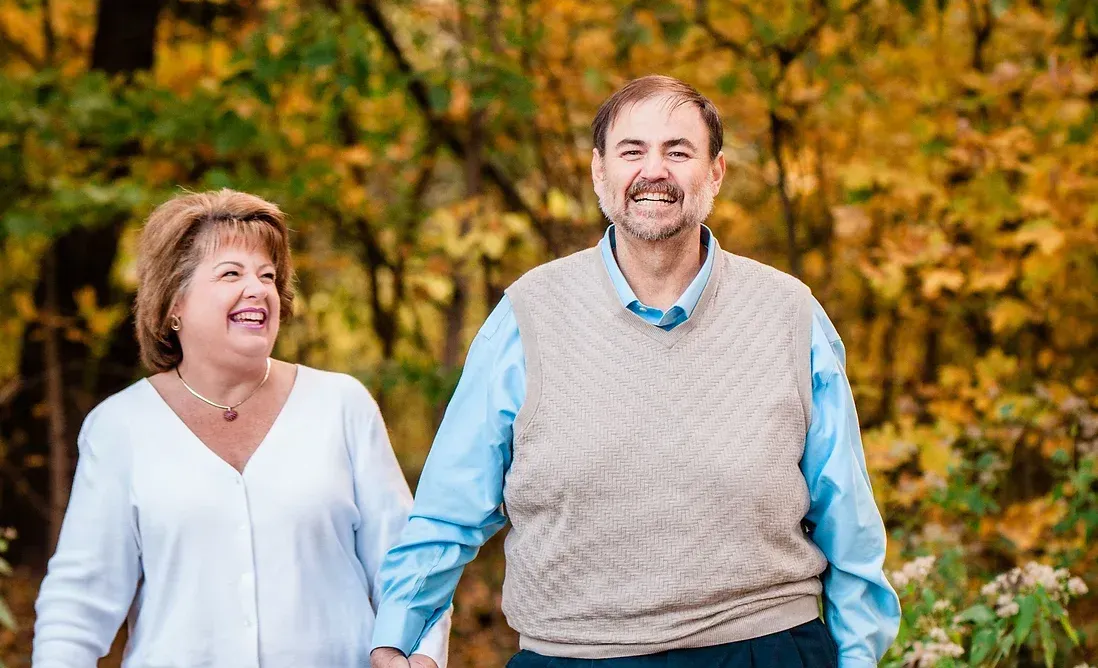
I'm a mother, grandmother, professor, author, and wife (I'll always be his). Until October 20, 2020, I lived with my husband, Robert (Bob) Rose, in Louisville, Ky. On that awful day of October 20,2020, my life profoundly changed, when this amazing man went on to Heaven. After Bob moved to Heaven, I embraced my love of writing as an outlet for grief. Hence, the Grief Blog is my attempt to share what I learned as a Counselor in education with what I am learning through this experience of walking this earth without him. My mission is to help those in grief move forward to see joy beyond this most painful time.
